The polar climate is one of the most vulnerable things to the effects of climate change. With the ice melting at an alarming rate, what can we do to help save these precious ecosystems?
The Arctic and Antarctic regions are home to unique wildlife and play a vital role in regulating the Earth’s climate. However, rising temperatures and melting ice are causing irreversible damage to these fragile environments. As individuals, we may feel powerless to make a difference, but there are actions we can take to help slow down the effects of climate change in polar regions.
Climate change is a global issue that requires a collective effort to address. In this article, we will explore the impact of climate change on the polar regions and discuss what we can do as individuals to reduce our carbon footprint and help protect these critical ecosystems. By taking small steps in our daily lives, we can make a significant impact and ensure a sustainable future for generations to come.
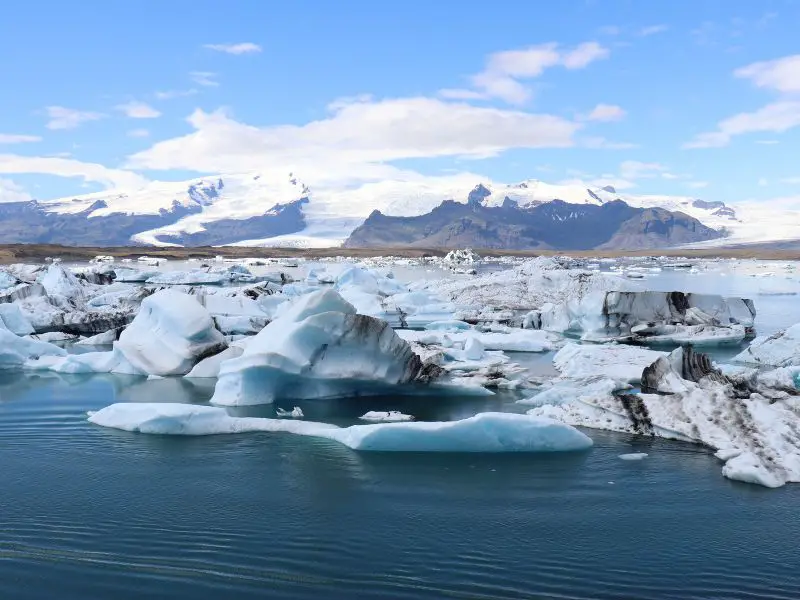
Data Signaling Polar Climate Change
The polar climate is undergoing significant changes that demand our attention. The impact of polar climate change is being felt in both the Arctic and the Antarctic regions, with far-reaching consequences for the planet. Rapidly rising temperatures are causing the polar ice caps to melt alarmingly. This accelerated ice loss disrupts the delicate ecosystems that thrive in these regions and contributes to rising sea levels, posing a severe threat to coastal communities worldwide.
Additionally, the loss of polar ice reduces the Earth’s albedo effect, leading to further warming and amplifying the global climate crisis. The effects of polar climate change are not limited to the polar regions alone; they have ripple effects on weather patterns, ocean currents, and global climate systems.
The Antarctic is warming rapidly in the Southern Hemisphere, nearly five times faster than the world average. The Antarctic has warmed by about 3°C (5.4°F) since 1950. Previously thought to be unlikely to be impacted by climate change, the heart of the Antarctic continent and the East Antarctic Ice Sheet is already showing drastic changes. Additionally, the Southern Ocean is warming more quickly than anticipated.
If emissions keep going up without stopping, the Arctic could be free of ice by the summer of 2040. And things that happen in the Arctic don’t stay there. And be aware the loss of ice has significant effects all over the world:
1. Temperatures Change
The world’s refrigerator is located in the Arctic and Antarctic. They counterbalance other regions of the earth that absorb heat because these ice sheets reflect heat into space.
Less ice means less heat is reflected, which leads to more severe heat waves everywhere. But warming also implies more severe winters because warmer air may cause the polar jet stream, a high-pressure wind that surrounds the Arctic area, to drop south and bring the harsh cold with it. Global warming can drastically change the weather to extreme cold or heat.
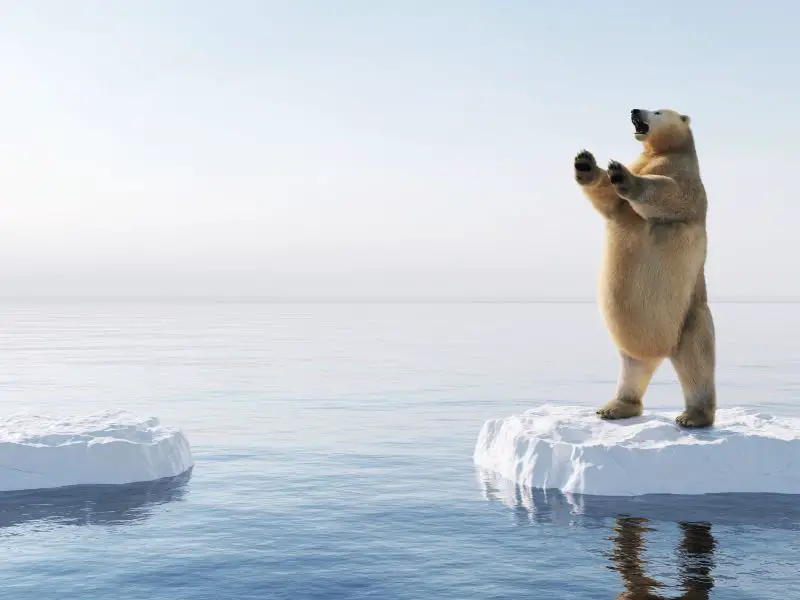
2. Coastal Communities
Since 1900, the average sea level has increased by around 7-8 inches, and the problem is worsening. Coastal flooding and storm surges are becoming more perilous by rising oceans, endangering coastal towns and tiny island countries. As for the Greenland ice sheet’s glacial melting prediction, the world’s sea levels might increase by 20 feet if it melts completely. More significant water shortages and more droughts will affect both animal and human lives – especially in developing countries – affecting global food supplies and causing health problems for millions across the globe.
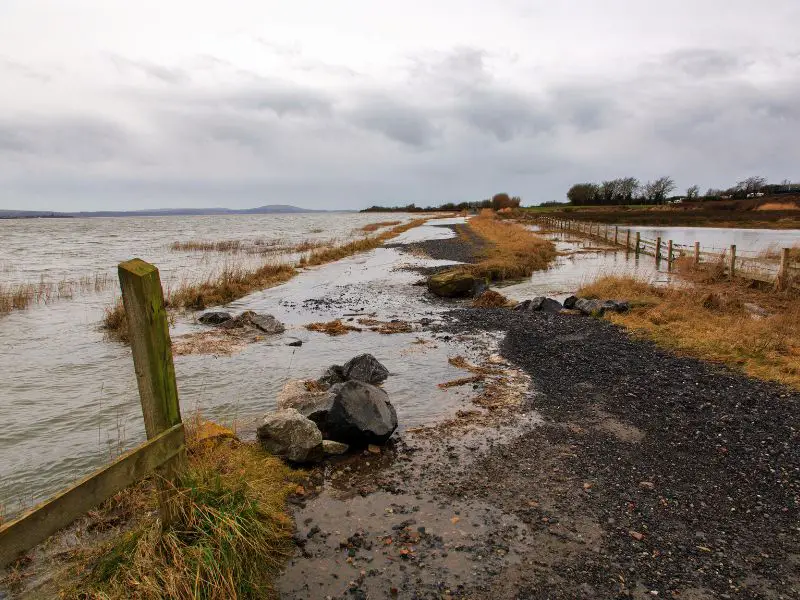
3. Food Sources
Polar vortexes, increasing heat waves, and meteorological unpredictability induced by ice loss already inflict considerable harm on crops that rely on stable weather patterns. This insecurity will result in higher costs and worsening problems for the world’s food systems. Furthermore, the impact of climate change and global warming on world politics will jeopardize democracy in some countries and may strengthen dictatorships. Hence, we must immediately stop climate change before it’s too late.
4. Altered Shipping Routes
As the Arctic ice shrinks, new shipping routes emerge. These paths will be appealing time saves, but they will be very risky. Consider the possibility of other shipwrecks or oil spills like the Exxon-Valdez in places inaccessible for rescue. These consequences are just a part of the changes that will take place as our planet continues to warm.
5. Melting of Permafrost
Permafrost and arctic ice contain large amounts of methane, contributing to climate change. This methane is released when ice thaws, contributing to global warming. In turn, this releases more methane, which causes more ice and permafrost to melt. Our worst climate change predictions will come true as the ice melts faster and permafrost melts more rapidly.
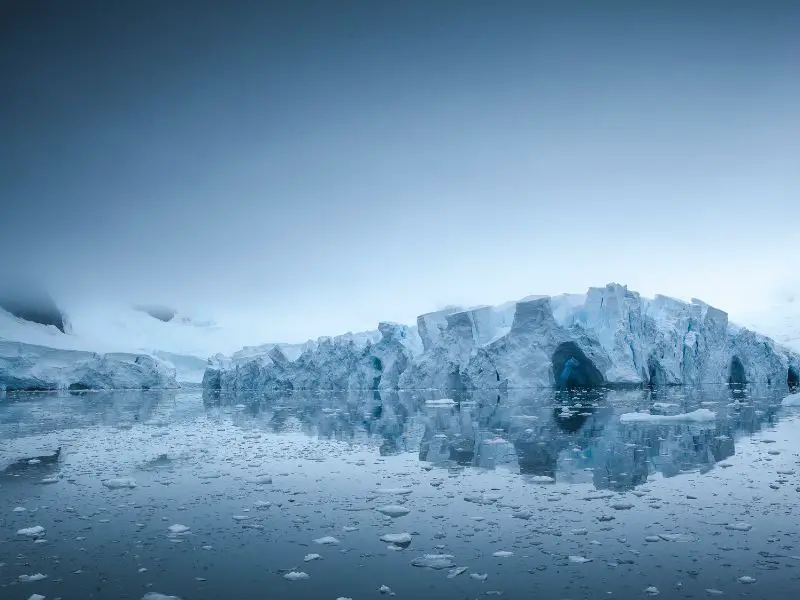
Climate Change and Adaptation Strategies
It’s essential for those of us who want to make a difference at the local and international levels to educate ourselves on how climate change is affecting polar climate systems and global ecosystems. By understanding how these changes will influence the future, we can make better decisions about adjusting our livelihoods.
1. Green Energy Solutions
Communities may cut emissions and enhance air quality by developing and implementing feasible Arctic green energy solutions. The Arctic Council fosters information sharing and assists small and isolated Arctic communities in switching to renewable energy. It also encourages the development of renewable energy infrastructure while protecting the environment and promoting sustainable development.
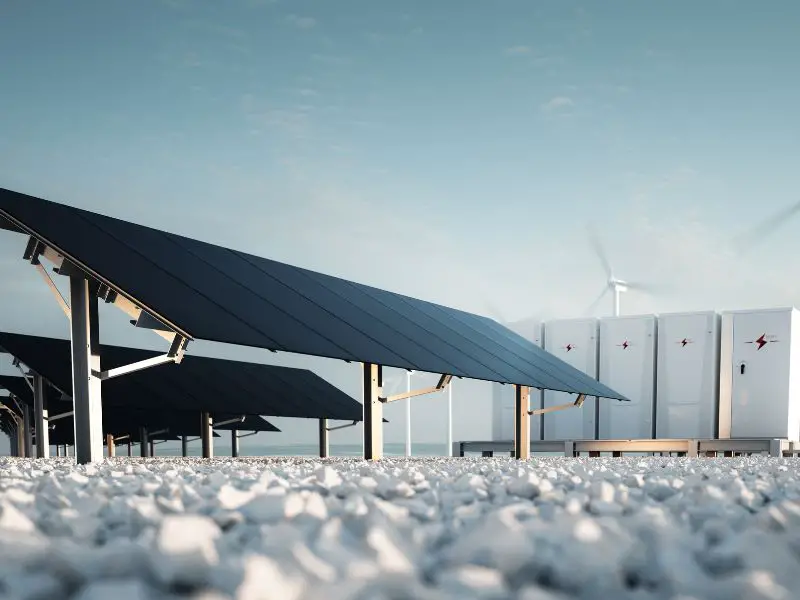
2. Community Resiliency
Resiliency is a community’s or system’s ability to get back on its feet after a crisis or other disturbance. The Arctic is quickly changing, and the speed with which it is changing makes it very hard to adapt. So, governments, local communities, scientists, and businesses are all working together to make the Arctic more resilient to the social and ecological changes happening there. This theme runs through all of the Working Groups of the Arctic Council.
3. Reducing Black Carbon
Black carbon, often known as soot, is harmful to human health and contributes to climate change. Arctic Council programs aim to minimize black carbon at its source while better understanding its effects on Arctic residents.
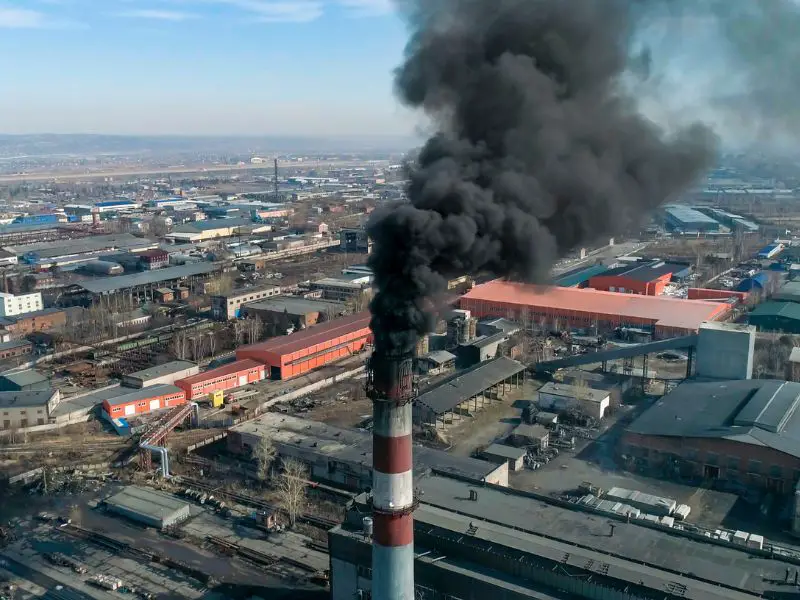
4. Expertise About Wildfires
Wildfires and wildland fires are becoming a hot subject in Arctic Council Working Groups. Because the Arctic ecosystem and populations in the circumpolar North have been devastated by enormous wildfires in recent years, the Arctic States and Permanent Participants have provided particular knowledge for a comprehensive strategy for managing future wildfire outbreaks.

Bottomline
All the data and analysis about polar climate change should compel us to take urgent action to prevent biodiversity loss and unravel the earth’s delicate ecosystem – which will only worsen with time!
Global carbon emissions need to be reduced drastically to limit global warming to less than two degrees Celsius above the pre-industrial level – while ensuring that the most vulnerable people are protected from the adverse impacts of climate change. By acting now, we can reduce greenhouse gas emissions and prevent the worst effects of climate change.
Find out more about climate change and how you can help: Climate Alarmism, Famous Climate Change Scientists, Corporations and Global Warming

